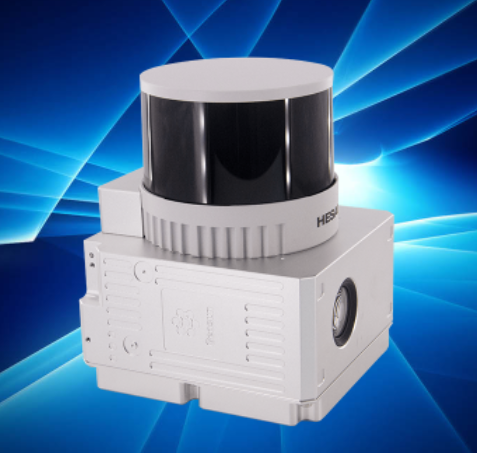
Home
Home
About Geosun
About Geosun
Products
Products
- Hardware
- Mobile LiDAR Scanning System
- gCollector Road Information Collection System
- gSpin POS System
- PPK Solution
Support
Support
News
News
Contact Us
Contact Us

The handheld LiDAR and airborne LiDAR have differences in technical characteristics and application scenarios, which are specifically analyzed as follows:

Technical Characteristics:
Handheld LiDAR Scanning System: These devices are renowned for their portability and flexibility. They typically have small dimensions and light weight, making them easy for operators to conduct precise 3D scans on the ground or in proximity. Handheld LiDARs are suitable for high-precision measurement and modeling of small to medium-sized objects such as buildings, artworks, and industrial equipment. These devices often have lower point densities, but are capable of meeting the requirements for close-range mapping.
Airborne LiDAR Scanning System: Airborne LiDARs are typically installed on aircraft or other aerial vehicles for large-scale, high-precision mapping of the ground from the air. This type of laser radar can cover vast areas and penetrate obstacles such as vegetation to gather detailed information below the surface. Airborne laser radar is widely used in terrain mapping, forestry resource management, urban planning, disaster assessment, and other fields.

Applications:
Handheld LiDAR Scanning System: Due to their portability and ease of operation, handheld LiDAR scanners are highly suitable for 3D modeling and measurement of indoor spaces, architectural structures, and historical sites. For example, in the field of cultural heritage preservation, handheld laser radar can be used to capture the intricate structures of ancient buildings. In industrial inspection, it can be utilized to assess the wear and tear of mechanical equipment. In safety monitoring, it can be employed to monitor the structural stability of hazardous locations such as mines and tunnels.
Airborne LiDAR Scanning System: Airborne LiDAR is primarily used for large-scale terrain mapping and environmental monitoring. For instance, in urban planning, airborne laser radar can help planners understand the topographical features of a city, guiding its development. In forestry management, it can be utilized to assess the distribution and health of forest resources. Following natural disasters, airborne laser radar can swiftly capture changes in terrain in affected areas, providing crucial information for rescue and reconstruction efforts.
Overall, handheld LiDAR scanners and airborne LiDAR are both important components of modern optoelectronic technology. They play crucial roles in different fields and environments. The choice between these types of laser radar depends on specific application requirements and mapping objectives.
URL:https://www.geosuntech.com/News/203.html
Previous:A Portable and Handheld LiDAR Scanner for 3D Mapping
Next:The principle of Environment Perception of Solid-state LiDAR in Intelligent Driving




